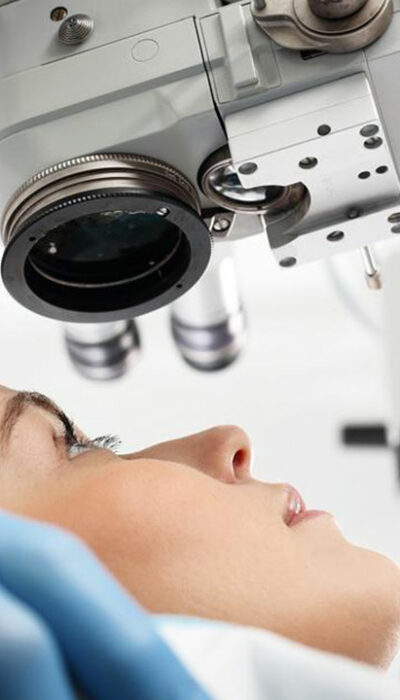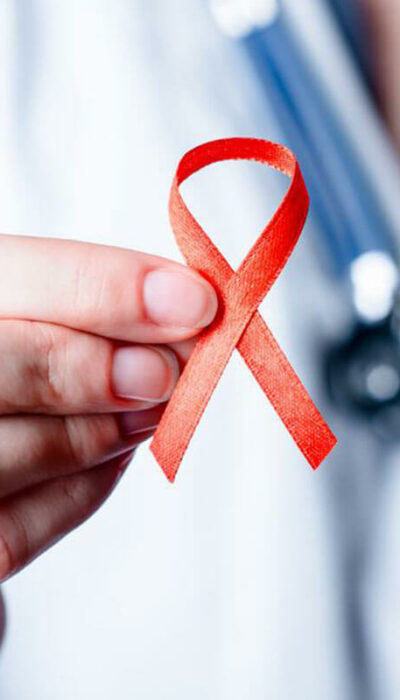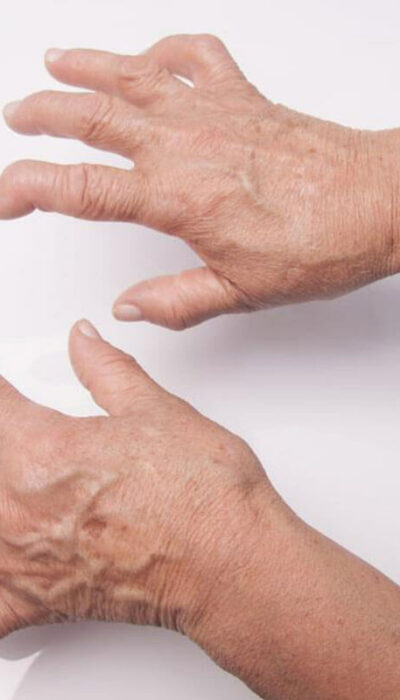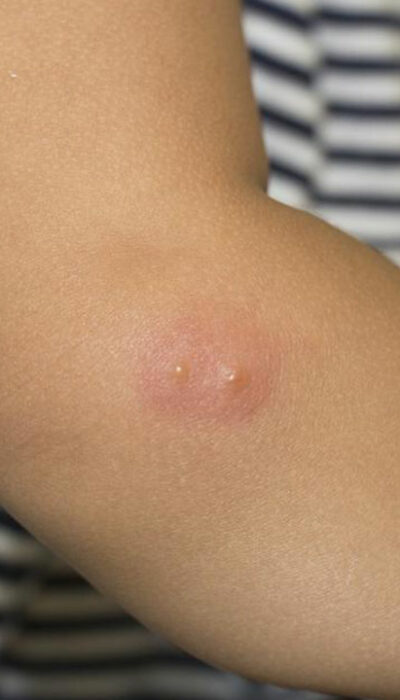
Everything You Need To Know About A High-Protein Diet
Nutritionists and bodybuilders all across the world suggest a high protein diet. It is especially recommended when you want to increase your muscles and reduce the fat. It can be very useful when done right. The diet includes all foods that are high in protein. It will help build the skeletal muscle and increase the overall strength of a person. It is important to do it right as missing out on other essential nutrients, minerals, and fibers can be harmful to you. The diet works right when combined with bodybuilding exercises. The body absorbs protein fast when a heavy workout follows it. It is, however, best to know all the details regarding this diet before you get started. How does high protein diet work? The minimum amount of protein that a man and woman must have in a day is 60 and 50 grams each. A high-protein diet has a lot more protein. It comes from foods like eggs cheese, seafood, meat, soy, and nuts. There are many different protein diets, but most of them restrict carbs like grains, fruits, cereals, and most vegetables. It is, however, important to consult a specialist before you get on any of these diets. How does the diet help you lose weight? When you workout, you lose weight only if you burn more calories than you eat. You need to eat smart if you want to lose weight. The number of calories in protein and carbohydrates are roughly the same. However, protein foods make you feel full for longer. This way the amount of calories you eat is decreased. Foods that are rich in protein take a long time to digest. Meat, dairy, nuts, and fish take over four hours to digest. Consuming proteins is better for weight loss as compared to having carbohydrates that leave your stomach fast.










